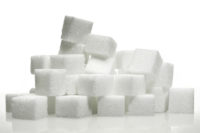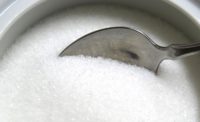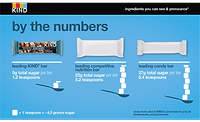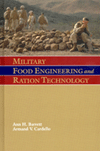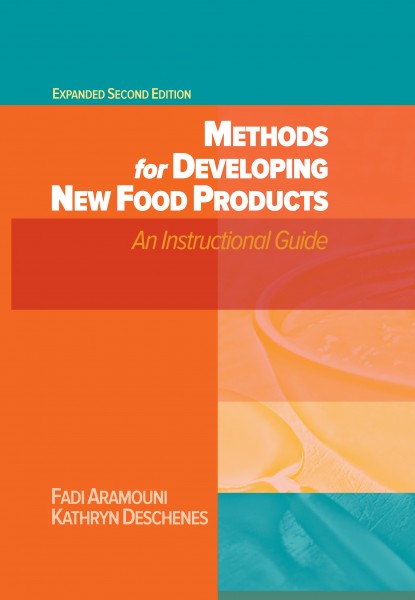Sugar plays many roles when it comes to functional properties in food. So just what are these reasons, you may ask? Well, in the September issue of "Comprehensive Reviews in Food Science and Food Safety" published by the Institute of Food Technologists (IFT), authors from the University of Minnesota write about the functional properties of sugar and why it is often added to foods.
According to the article, five reasons sugar is added include:
Taste: Sweetness improves the palatability of many foods. Adding sugar to foods with high nutrient quality may increase the chance they are consumed.
Color and Flavor: IFT says the Maillard reaction is a chemical reaction between amino acids and sugars that gives browned foods their desirable flavor; and caramelization is fundamental to the formation of color in several food products and can’t happen without the addition of sugar. This reaction also provides desirable flavor formation in foods such as baked goods, chocolate, coffee and meat.
Bulk and Texture: Sugar provides bulk to foods which impacts the mouthfeel and texture. Sugar affects multiple chemical reactions that form the texture of baked goods, ice cream, candies, and jams, preserves and jellies.
Fermentation: Fermentation is a process in which microorganisms in the absence of oxygen generate energy by oxidizing carbohydrates, like sugar. Sugar aids in the fermentation of many common food and beverage products produced including yogurt, vinegar, sour cream, wine, beer, bread, cheese, soy sauce, and sauerkraut.
Preservation: The hygroscopic nature of sugar plays a crucial role in reducing water activity in foods. Hygroscopic is defined as the ability to absorb water from the surrounding environment, which helps in preserving and extending the shelf-life of food products. Sugar also prevents baked good from becoming dry or stale and it also preserves the color of frozen fruits and jellies.
Read the full article here.

